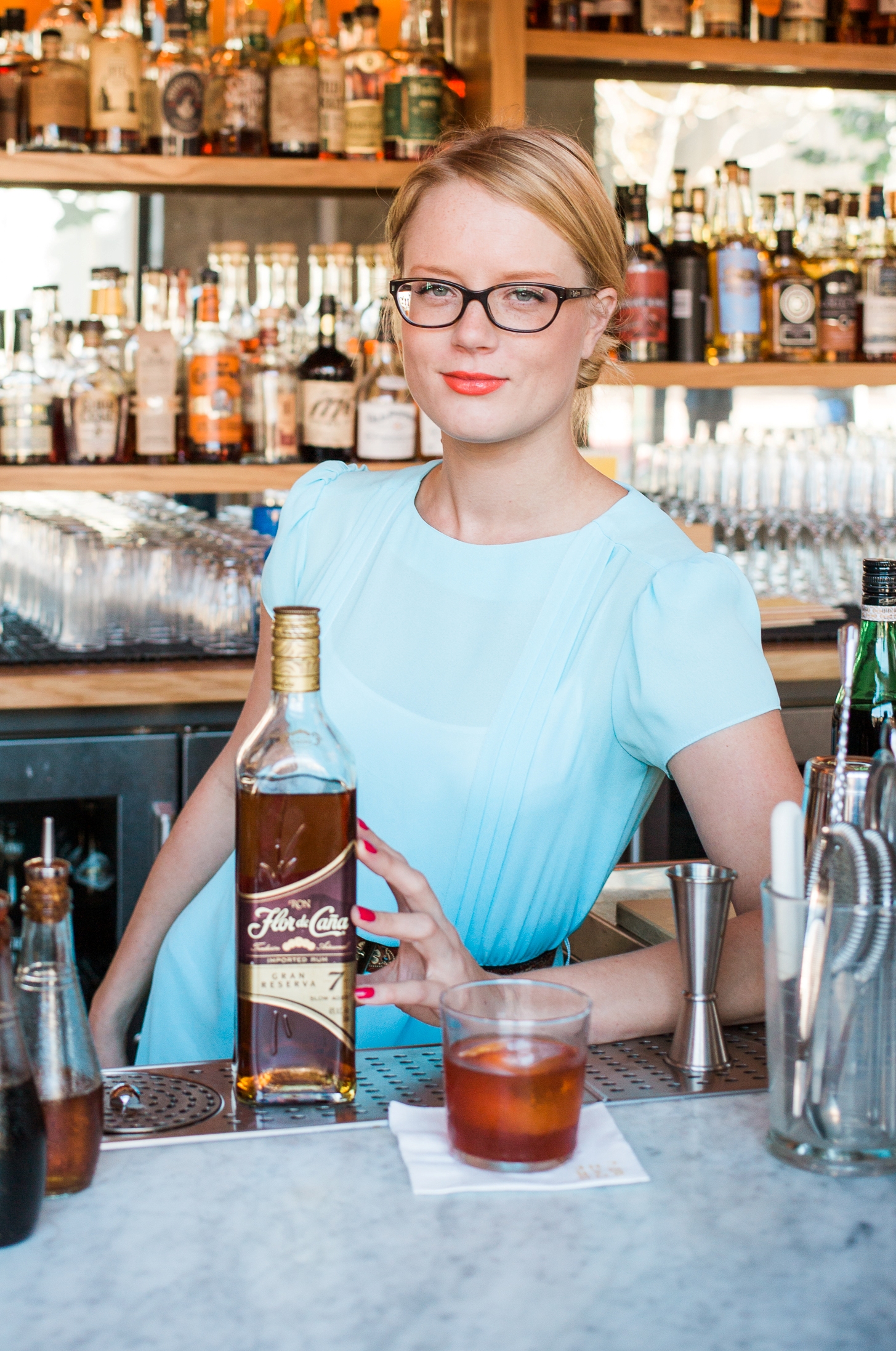It’s been said before. Rum – that other brown spirit – is going to be the next big thing. Maybe, just maybe, this year we’ll be right!
There are many reasons to be optimistic.
In 2017, sales of the ultra-premium rum segment increased by 15.8% in the U.S., signaling a new wave of premiumization across consumer purchases. And speaking of consumers, today’s rum drinker isn’t likely to be of the rum and coke variety. Instead, millennial consumers are seeking out spirits with a story. They want to know more about a spirit’s history, how and where it is made, as well as the people behind it.
Enter aged rum. Already a dynamic duo of affordability and flavor, aged rum has a real chance to sail away this year as the next big thing. To do that, however, you’re going to need to prepare yourself for your customers’ questions on the category.
Don’t worry. We have you covered. Welcome to Aged Rum 101 and the four S’s to know in order to be successful selling this next big thing.
The Four S's
S-1: Style
The first key to selling rum to your curious customers is to understand that there is more than just one style of aged rum. There are three styles in total: rum, rhum and ron.
Rum: English-style
Traditional English-style rum is the most recognized style in the world. It is considered an industrial rum, but don’t let that term alter your perception of the spirit. Industrial rum simply means that the rum is made from molasses as opposed to cane juice. English-style rum is vividly dark in color and its flavors are deep and rich, with heavy notes of spice. English-style rums are produced throughout the Caribbean, but predominantly in Antigua, Trinidad and Tobago, Grenada, Barbados, Saint Lucia, Belize, Bermuda, Saint Kitts, the Demerara region of Guyana, and Jamaica
Ron: Spanish-style
Spanish-style ron is very similar to English-style rum in that it is made by fermenting molasses, but it has a smoother and more subtle flavor. Instead of sharp, almost astringent notes, Spanish-style rons are more rounded, buttery and have a lighter body. Many Spanish-style rons are produced throughout Central and South America, as well as Cuba, the Dominican Republic, and Puerto Rico
Rhum: French-style
French-style rhum, also known as rhum agricole, and is produced from freshly-squeezed sugar cane juice that is typically fermented without additional water French-style rhums are elegant, fruity and floral and often cost more than their English and Spanish cousins. The main producing regions for these fresh and fruity rhums are Haiti, Guadeloupe and Martinique.
S-2: Solera
Solera is a term often said in unison with rum, yet few consumers know what it means. The solera method is a process of blending that involves adding small amounts of newer rum to barrels of aged rum. After many years, the resulting marriage of rums of different ages creates a complex blend of tones and flavors.
There is some confusion surrounding the age of bottled rums that have gone through the solera method. Unlike whiskey which regulates that only the age of the youngest whiskey in a blend be displayed on the bottle, age statements on bottles of rum represent the oldest rum in the solera blend, but the amount of that portion might be quite small.

S-3: Sweetness
All rums are sweet. That is a line Ashela Richardson has heard before.
“Since the base ingredient for rum is sugar cane, there is this perception that all rums are sweet. That’s just not true,” said Richardson, brand ambassador for Flor de Caña rum. “Some rums definitely are sweet, but when I’m out and pour Flor de Caña for die-hard whiskey drinkers, they’re pleasantly surprised by just how dry it is.”
Rum, just like every other spirit, undergoes fermentation during which yeast converts all the sugars into alcohol and carbon dioxide before going into the still. From there, the spirit is aged in oak casks which add tannins to the rum to dry it to the desired flavor.
S-4: Sip Slowly
Whiskey enthusiasts are discovering something about rum that many consumers forgot after a lifetime of rum and cokes: rum is an incredibly beautiful spirit to sip on—particularly the ultra-premium expressions, where notes of vanilla, cinnamon, oak and baking spices form a comforting comparison.
It shouldn’t be a surprise that these higher-end, super-premium rums make for fantastic sipping. Like whiskey, rums are laid to rest in barrels for years, often times a decade or longer. Rum distillers also take a page out of the Scotch whisky playbook and often use a variety of former spirit barrels – sherry, wine, whiskey or other rums – as finishing barrels, imparting another layer of complexity to a spirit already worth some serious contemplation.
“Few things are more enjoyable than sitting back and slowly sipping on a beautifully aged rum,” Richardson said. “The best ones demand some time to sit and appreciate what’s in your glass. It’s no different than a fine Bordeaux or Cognac.”
To learn more about how your business can set sail with rum, talk to your Breakthru Sales Consultant and view our entire portfolio of sweet, dry, light and dark rums on SevenFifty.com.